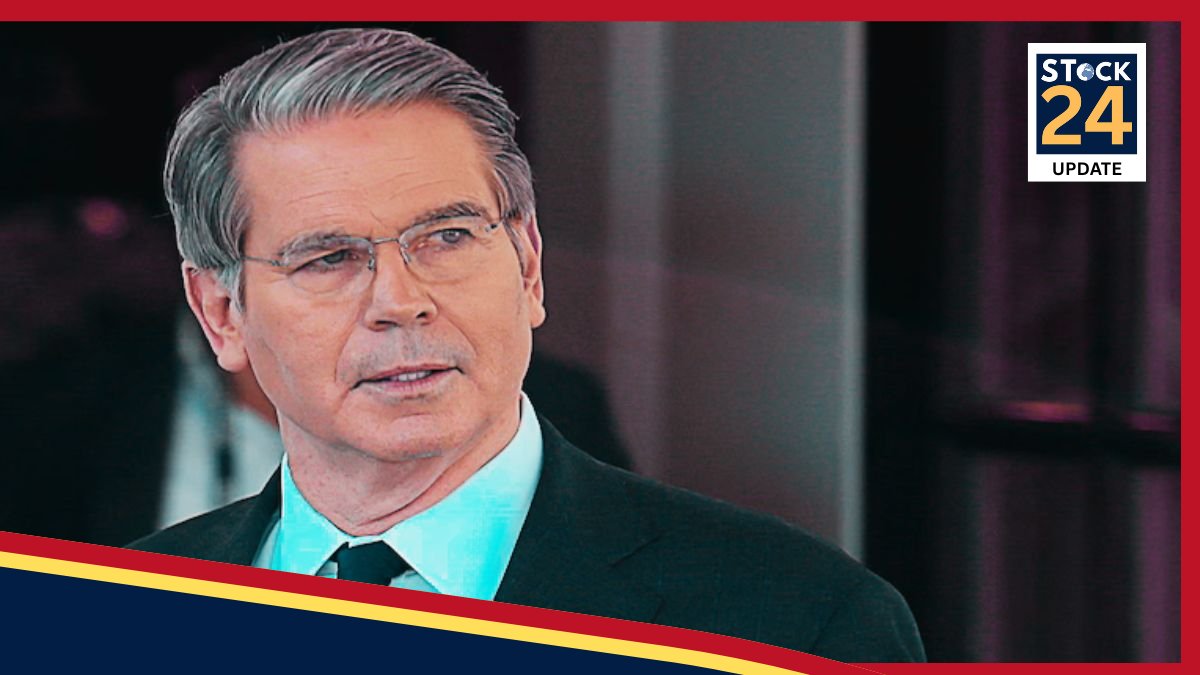The Hidden Driver Behind Rate Cut Pressure: Luring Foreign Investors Back to U.S. Bonds.
A fund manager's theory suggests the push for lower interest rates is a strategic move to slash currency hedging costs and reassure international buyers crucial for funding U.S. debt.

washington D.C. – Amid ongoing White House pressure on the Federal Reserve to lower interest rates, a compelling theory suggests a motive beyond boosting domestic growth: making U.S. debt more attractive to foreign investors. The argument, detailed by fund manager Michael McNair in a recent article, posits that lower rates are crucial to reducing the prohibitively high cost of hedging against the dollar’s decline, a key factor for international bond buyers.
This strategy places U.S. Treasury Secretary Scott Bessent, a former currency trader with deep knowledge of capital flows, at the center of efforts to stabilize foreign demand for American assets. The Federal Reserve has so far held its key interest rate steady in a 4.25% to 4.5% range, citing economic uncertainty and inflation concerns, though markets are anticipating cuts later in 2025.
The core of the issue lies in the expensive nature of hedging U.S. dollar exposure, a direct consequence of the relatively high fed-funds rate. For foreign institutions like European or Asian life insurance companies, a key incentive for buying U.S. Treasurys is the yield pickup compared to their home markets. However, when the cost to hedge against currency fluctuations eats up that extra yield, the investment becomes unprofitable.
For instance, if 10-year U.S. Treasury yields are only 1.6 percentage points higher than German bonds, but hedging costs around 2%, the trade is no longer viable.[1] This has led to a dramatic drop in hedging activity. McNair notes that some Asian life-insurance companies, once significant holders of U.S. bonds, had cut their hedge ratios in half, from 90% down to 45%. The Bank for International Settlements (BIS) confirmed this trend, noting that by 2024, the hedge ratio for major Japanese life insurers had fallen to 40%.
This lack of protection left many international investors vulnerable when President Donald Trump’s “liberation day” tariff announcement on April 2 triggered a sell-off. With the administration openly advocating for a weaker dollar, unhedged foreign investors were forced to liquidate their holdings in U.S. assets. The dollar has been volatile in 2025, with its year-to-date decline surprising investors and challenging its traditional role as a safe-haven asset.
The fallout presents a significant challenge for the U.S. Treasury, which relies on foreign capital to help fund the nation’s trade deficit. The critical question, as McNair highlights, is: who will buy U.S. bonds now?
The problem is compounded by rising competition from other markets. Japan, for example, has moved away from its strategy of suppressing interest rates. As a result, its government bonds now offer significantly higher yields than in early 2024, acting like “gravity, pulling U.S. Treasury yields higher” as they compete for international capital.
According to McNair’s analysis, cutting the fed-funds rate is the most direct solution. A rate cut would narrow the interest rate differential between the U.S. and other nations like Japan. “That gap means cheaper hedging,” McNair argues.
By making it more affordable for international investors to protect their returns from currency depreciation, the U.S. could once again become a prime destination for long-term investment. Cheaper hedging could improve the post-hedge return, potentially enticing crucial foreign buyers back to long-duration U.S. assets and ensuring a stable source of funding for the nation’s financial needs.






